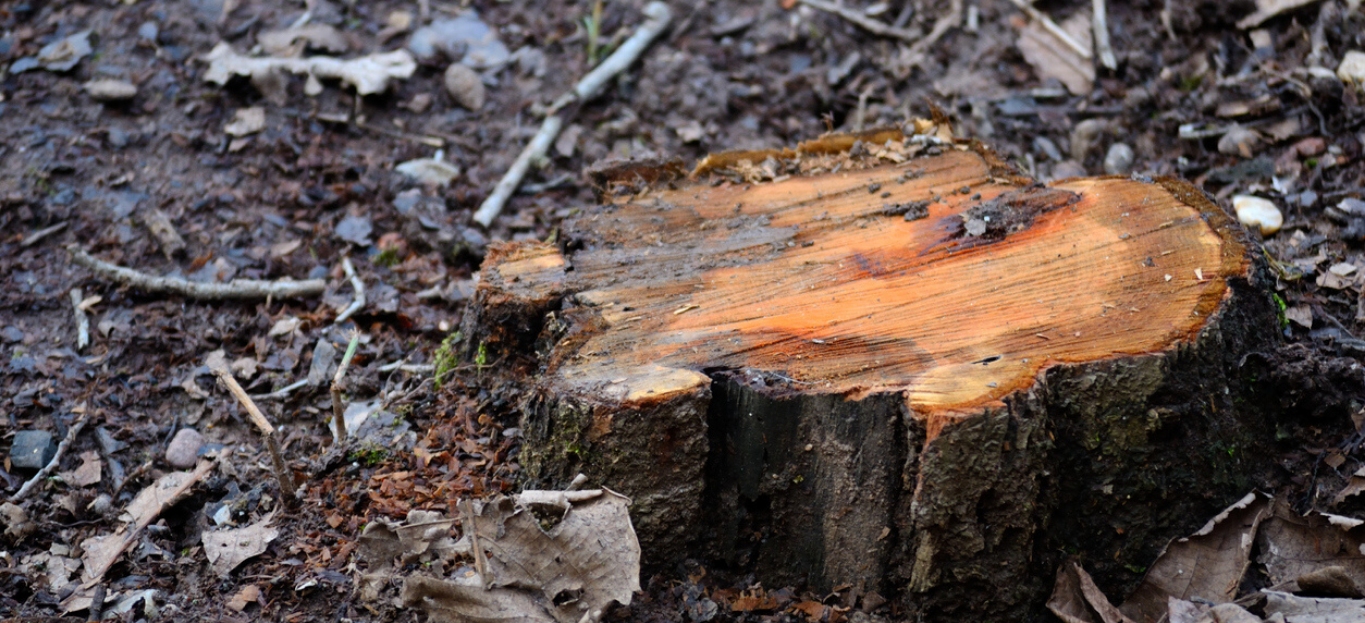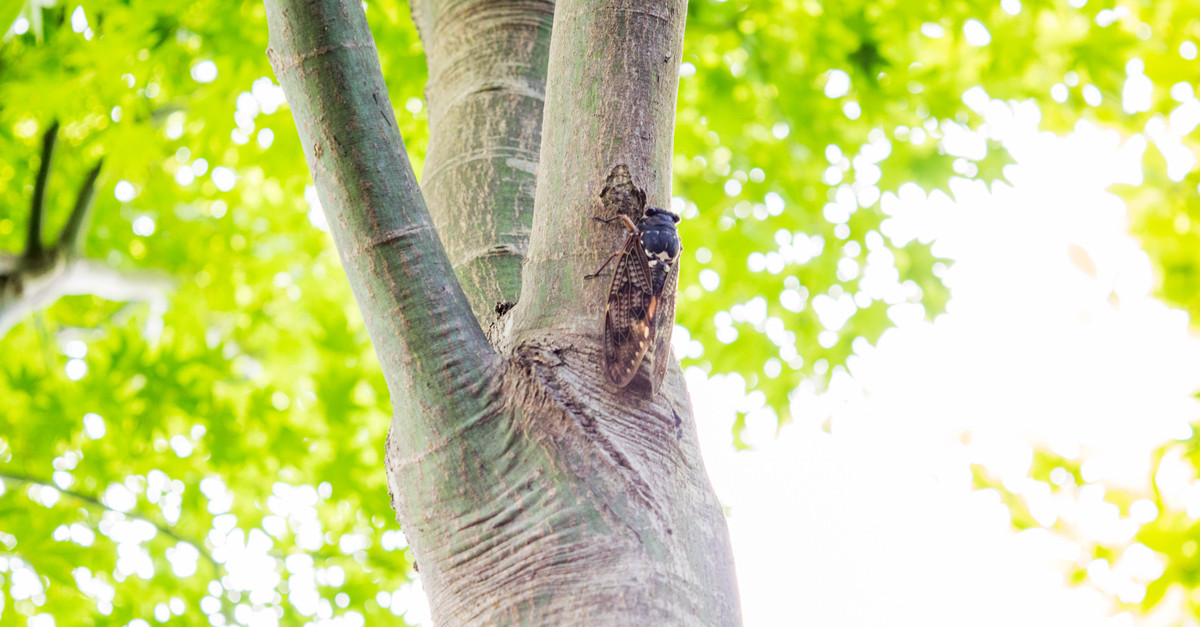What is Stump Grinding and Why You Might Need It
Trees fall. It happens all the time. Whether it’s an accident caused by a bad storm or an intentional choice made to upgrade the aesthetics of your yard. Either way, you’re usually left with a stump that needs to be addressed.
That’s where stump grinding comes in! This tool makes it easy to remove unwanted and unpleasant stumps from your yard, so you can reclaim that space for other plants or landscaping plans.
The experts at Premier Tree Solutions are explaining what stump grinding is and why you might need to use it below!
What is Stump Grinding?
A stump grinder tool, also called a stump cutter, is a self-propelled machine used to remove tree stumps. To do so, it has a rotating, high-speed cutting disk that chops away at the wood. The carbide teeth on the blade cuts the wood into small chips.
The machines come in a variety of sizes, from as big as a lawn mower or as large as a truck, to cover all your stump removal needs.
When Would You Need to Use Stump Grinding?
If a tree has recently fallen or if you’ve cut a tree from its roots, then you’ve got an unwanted stump on your hands. As soon as the rest of the tree is removed, the stump will begin an extremely slow decaying process. It could be years before the stump will easily break apart to be removed.
While you may be tempted to let nature do the hard work, leaving a stump to rot has many downsides. The biggest of those being:
- The rotting wood can often attract many pests, including carpenter ants and termites. If the stump is close to your house, those bugs could end up transferring to your house and damaging it.
- Unless you like the look of rotting wood, stumps standing out in the middle of your yard aren’t appealing. If you have services like HOA, they might also require you to remove the stump. Or you risk a fine.
- Planning to plant a new tree near the stump? The roots of this tree will have a harder time spreading out if the stump is blocking them, stunting the growth of your new plant.
How Premier Tree Solutions Can Help
Have a stump ruining your yard? Our experts are here to help! We’re proud to offer to the Atlanta area stump grinding and removal services. If you’re interested in utilizing our expertise, feel free to reach out to us by clicking here or by giving us a call at 404-252-6448.







